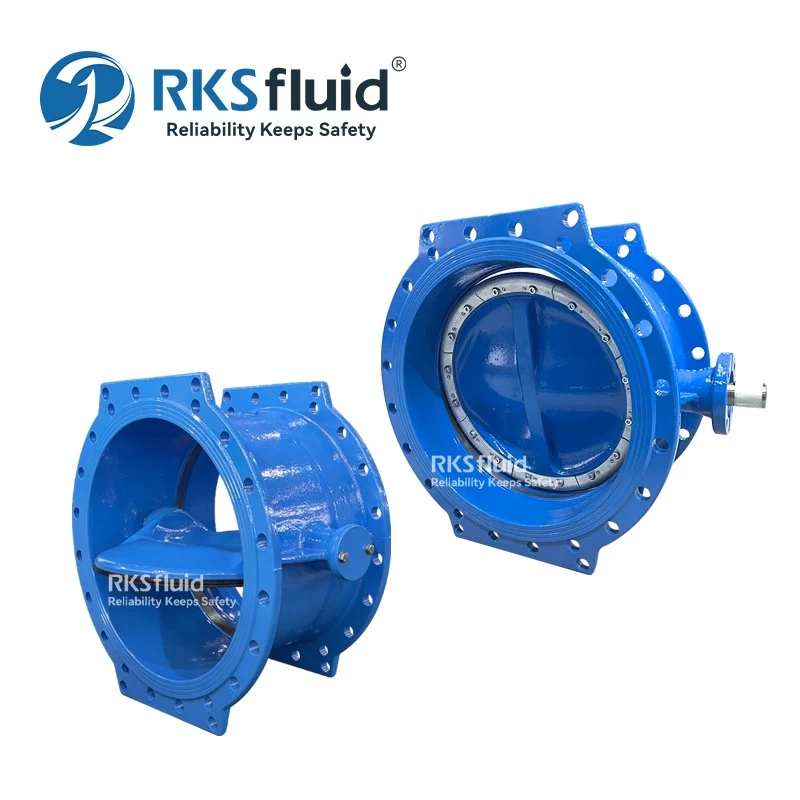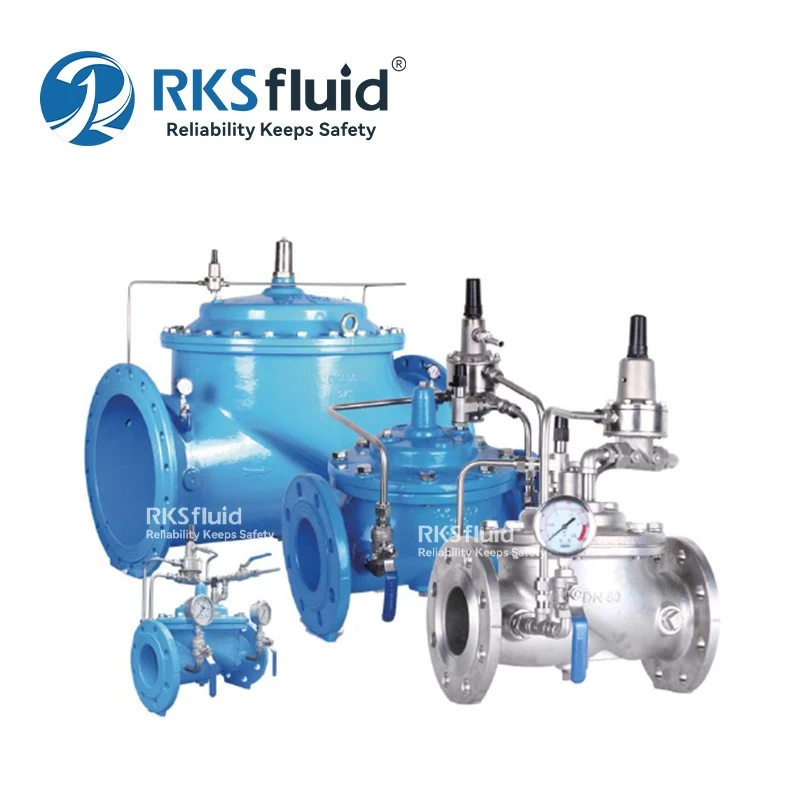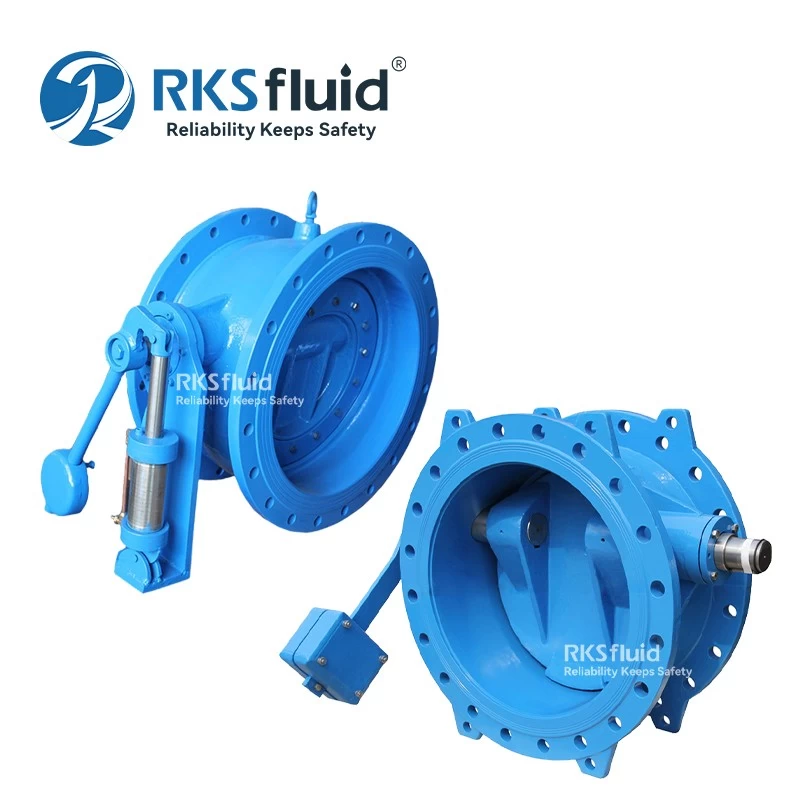- Main Product
- Contact Us
-
RKSfluid Flow Control Company
Web: www.rksfluid.com
Tel: +86 24 2318 0188
Fax: +86 24 2318 0788
Mail: info@rksfluid.com Contact Now
- Subscribe
-
Get email updates on new products
News
The classification and structural characteristics of pneumatic butterfly valves
Pneumatic butterfly valve simple structure, small volume, light weight, only by a few parts. It is widely used in petroleum, gas, chemical, water treatment and other general industries, and also in the cooling water system of thermal power plants.
The classification of pneumatic butterfly valves in different forms is as follows:
1. Sort by structure
(1) center seal butterfly valve;
(2) single eccentric seal butterfly valve;
(3) double eccentric seal butterfly valve;
(4) three eccentric seal butterfly valve;
2. According to sealing surface material classification
(1) soft seal butterfly valve; 1) the sealing pair is composed of non-metallic soft materials and non-metallic soft materials; 2) the sealing pair is composed of metal hard material and non-metal soft material.
(2) metal hard seal butterfly valve. The sealing pair is composed of metal hard material and metal hard material.
3. Classified by seal type
(1) forced seal butterfly valve: 1) elastic seal butterfly valve. Sealing pressure is produced by the valve closing when the disc squeezes the seat, the seat or the disc elasticity; 2) torque seal butterfly valve. The seal pressure is generated by the torque applied to the valve shaft;
(2) pressure seal butterfly valve. The seal pressure is caused by the charging of the cartridge seal element on the seat or disc.
(3) automatic seal butterfly valve. The seal pressure is generated automatically by the medium pressure.
4. By job stress
(1) vacuum butterfly valve;
(2) low pressure butterfly valve;
(3) medium pressure butterfly valve;
(4) high pressure butterfly valve;
(5) ultra-high pressure butterfly valve.











